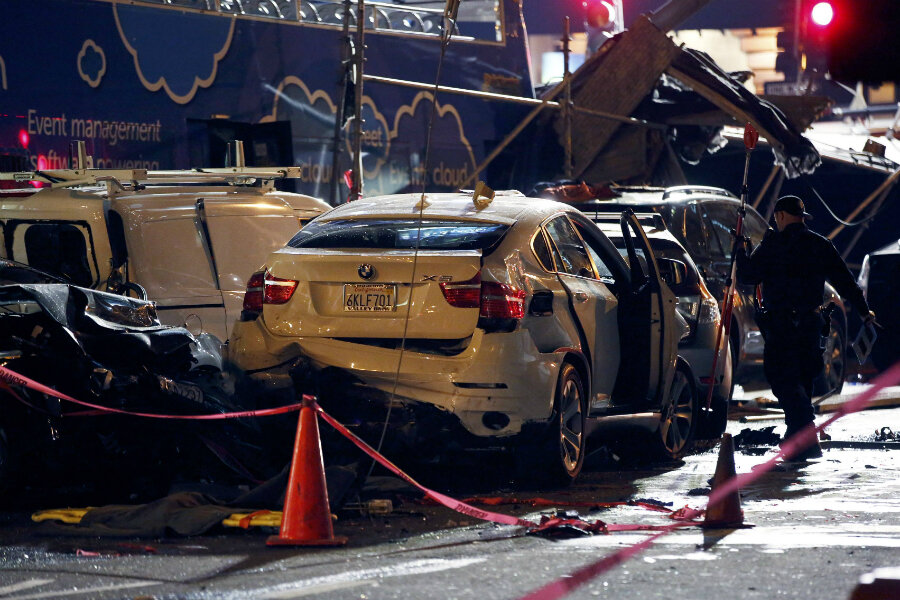US traffic fatalities, gun deaths sharply decrease
Loading...
Traffic deaths have dropped to the point at which they are on par with gun deaths, which are also falling, according to a newly released data.
A report by the Centers for Disease Control and Prevention (CDC) shows that in 2014 there were 10.3 deaths from both motor vehicle accidents and gun violence per 100,000 people.
Gun deaths occur as often as automobile deaths now, thanks to a steeper drop in the rate of motor vehicle deaths in the past 65 years. Over the same period, gun deaths also dropped, but much slower rate than traffic fatalities.
Much of the reduction of traffic deaths since the 1950s is the result of a combination of safety improvements, including stricter safety regulations, better road conditions, and improved automobile technology.
The sharp decline over the last few years can also be attributed to Vision Zero, an initiative undertaken by many major American cities including New York City, Boston, San Francisco, Chicago, and Los Angeles to end all vehicular deaths within a decade or two.
In New York City for instance, traffic fatalities have fallen significantly, from 701 in 1990, to 381 in 2000, to a record low of 237 in 2011.
The recent mass shooting in San Bernardino, reports of frantic gun-buying, and the fact that more Americans now legally carry guns on the street, doesn’t necessarily mean that the country is facing increased gun violence. In fact, on the contrary, the number of people dying from gun deaths has been on the decline as well.
As Max Ehrenfreund notes in The Washington Post, there has been a “massive decline” in gun violence over the last two decades.
Premeditated mass shootings in public places are happening more often, some researchers say, plunging towns and cities into grief and riveting the attention of a horrified nation. In general, though, fewer Americans are dying as a result of gun violence — a shift that began about two decades ago.
In 1993, there were seven homicides by firearm for every 100,000 Americans, according to a Pew Research Center analysis of data from the Centers for Disease Control and Prevention. By 2013, that figure had fallen by nearly half, to 3.6 — a total of 11,208 firearm homicides. The number of victims of crimes involving guns that did not result in death (such as robberies) declined even more precipitously, from 725 per 100,000 people in 1993 to 175 in 2013.
Older data suggests that gun violence might have been even more widespread previously. The rate of murder and manslaughter excluding negligence reached an apex in 1980, according to the FBI. That year, there were 10.8 willful killings per 100,000 people. Although not a perfect measure of the overall rate of gun violence, the decline in the rate of murder and manslaughter is suggestive: Two in three homicides these days are committed with guns.
This decline in gun violence is part of an overall decline in violent crime. According to the FBI’s data, the national rate of violent crime has decreased 49 percent since its apex in 1991. Even as a certain type of mass shooting is apparently becoming more frequent, America has become a much less violent place.
Despite research indicating that the recent spike in gun ownership hasn't led to an increase in crime, many Americans have been calling for stricter gun control laws. According to USA Today, Vice President Joe Biden is leading talks with governors, other state officials, and local leaders on developing a "bottom up" strategy to better enforce gun laws at the state and local level.
Eight in 10 Democrats favor stricter gun laws, while 6 in 10 Republicans want them left as they are or loosened, the Associated Press reported recently.
The AP notes that support for stricter gun controls often spikes after a publicized incident like a mass shooting, but often fades along with the headlines.








